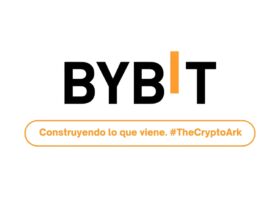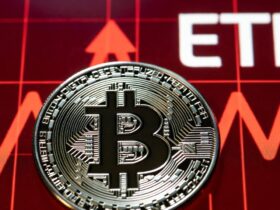They have not decided whether the asset will be backed by deposits, market funds or fiat currencies.
BBVA is part of a Visa sandbox created to help launch tokenized assets.
BBVA, the Spanish banking giant, announced plans to launch its own stablecoin with the backing of Visa, according to Francisco Maroto, director of digital assets and blockchain at BBVA.
The financial institution is currently located in the testing phase, known as sandbox, of a Visa program designed to facilitate the launch of tokenized assets, called Visa Tokenized Asset Platform (VTAP). BBVA’s intention is to move towards a prototype phase and then to live operations in 2025.
It has not yet been determined whether this new stablecoin will be backed by bank deposits, money market funds, or fiat currencies such as the euro or the US dollar. Maroto highlighted that the BBVA stablecoin is intended to be used in the settlement layer of cryptocurrency exchanges.
“We realized that blockchain could transform the way we exchange value digitally and, consequently, affect the way the financial system works,” said Maroto, Fortune reviews.
Last week, Visa announced the launch of a new product, the VTAP, which will allow financial institutions to issue tokens backed by fiat money, as reported by CriptoNoticias.
This product seeks to be a flexible solution where banks can choose to back their tokens with various assets, from fiat currencies to deposits. BBVA positioned itself as an early adopter of VTAP, scheduling a live pilot for 2025.
Maroto explained that the choice to work with Visa is due to its recognized brand and regulatory compliance, giving BBVA an advantage by operating mainly in Europe, where new regulations for stablecoins have been enacted, such as the MiCA Law.
“BBVA is likely to build its stablecoin around the euro, given our presence in Europe,” Maroto mentioned, adding that the stablecoin could be used for settlement in markets offering tokenized assets, with BBVA handling the minting and burning process to integrate these ecosystems.
Although BBVA does not rule out the US market, Maroto clarified that its short-term plans are focused on Europe. Furthermore, BBVA already offers custody and trading services for bitcoin, ether (ETH) and USD Coin (USDC) in Switzerland for private banking and institutional clients, and is expanding in Türkiye.
Entering a crowded market
With Maroto’s announcement, it is clear that BBVA is preparing to introduce its own stablecoin in a market already dominated by giants like Tether (USDT) and USD Coin. These assets have proven to be crucial in the digital financial ecosystem due to their ability to offer stability in a market known for its volatility.
USDT and USDC, backed by US dollar reserves, allow users to make fast and efficient transactions, serving as bridges between volatile cryptocurrencies and fiat currencies. Its importance lies in its usefulness for international transfers, trading on exchange platforms and as a store of value within the cryptocurrency economy.
BBVA’s entry into this market is not an isolated movement. Other banks have expressed interest in launching their own stablecoins, reflecting a trend toward integrating Bitcoin and cryptocurrency technology into traditional banking.
A notable example is Société Générale of France, which, as CriptoNoticias reported, has also shown intentions to issue a stablecoin. This interest from traditional financial institutions underscores the growing acceptance and potential of stablecoins to transform financial operations, facilitating greater efficiency in transactions and settlements.
BBVA’s decision to launch a stablecoin not only seeks to compete in a market dominated by USDT and USDC, but also to position itself at the forefront of financial innovation, taking advantage of the advantages that these stable cryptocurrencies offer in terms of liquidity, stability and transactional efficiency.
This article was created using artificial intelligence and edited by a human Editor.






Leave a Reply